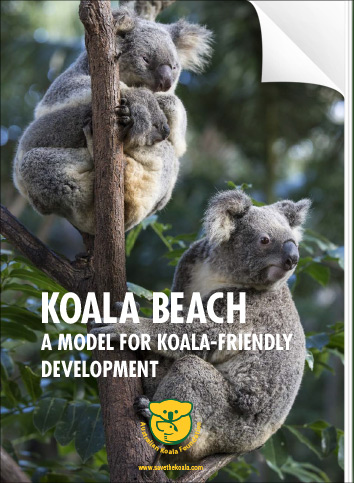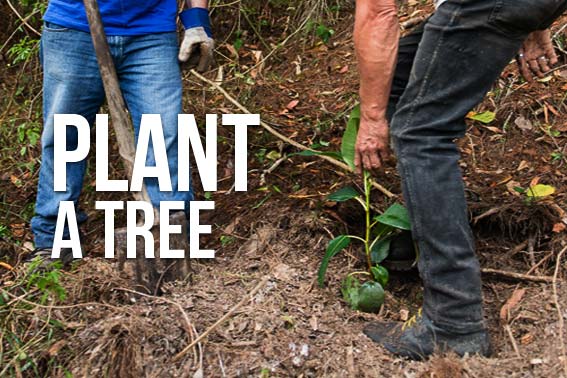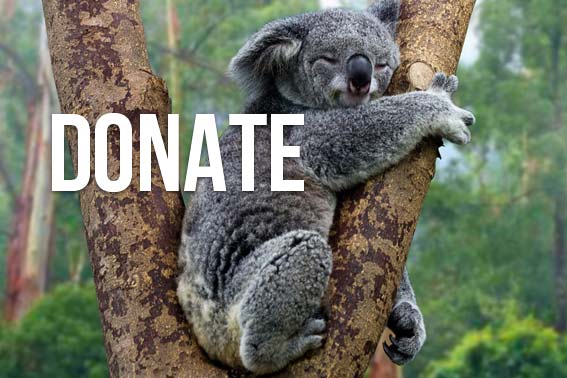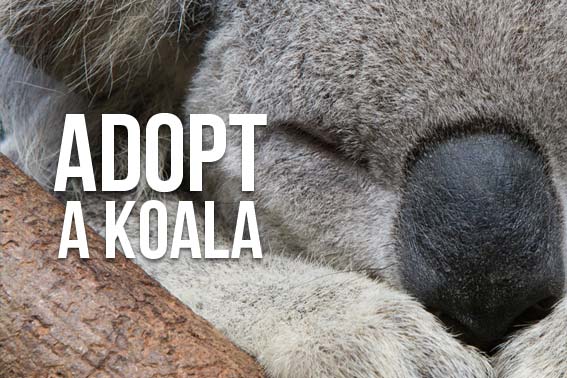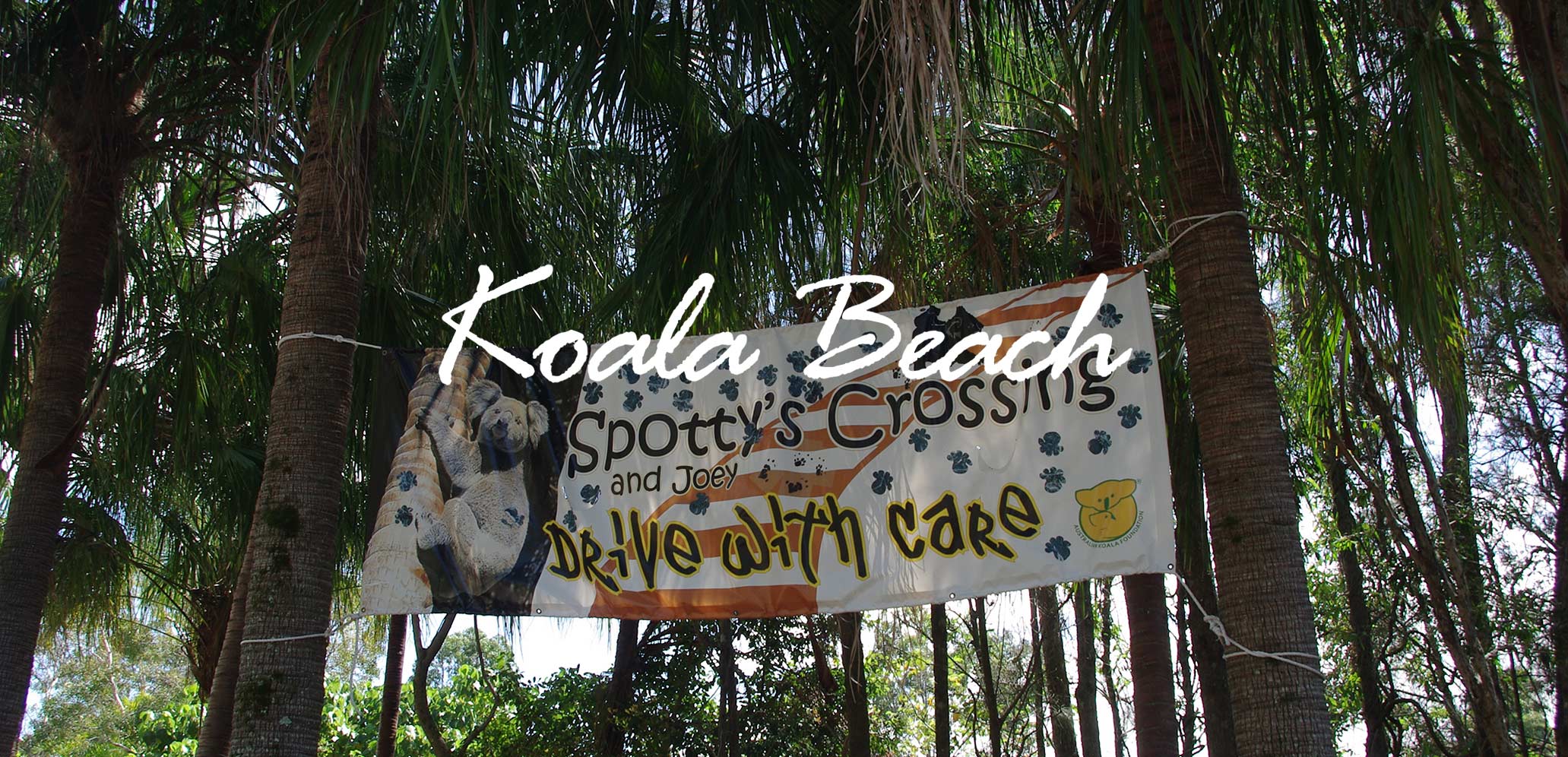
The Australian Koala Foundation has created a Koala-friendly development in association with Gold Coast-based developer The Ray Group, where a community makes conscious compromises to its lifestyle so that it can co-exist with wild Koalas. The development site is located on the northern New South Wales coast, just north of Pottsville. Formerly a cattle property called Searanch, the housing estate is now known as Koala Beach.
The process began in 1994 when the AKF undertook a twelve-month study of the Koala population that would potentially be affected by the proposed development. This helped to consolidate the AKF’s understanding of the Koala’s social dynamics and contributed a huge amount of valuable data that complemented the work being done on the Koala Habitat Atlas.
Fast forward to today, and Koala Beach is home to over 500 residential properties. The site is home to Koalas, plus 25 species of endangered or rare flora and fauna, each protected under the initiatives in place.
Residents in Australia’s only Koala-friendly urban development say “living amongst wildlife and respecting nature makes us richer and happier.” After years of development, Koalas still live in safety at Koala Beach. The descendants of Koalas that lived at the site back in 1994 can still be found there today.
Every single food tree and home range tree has been retained, there are traffic calming devices at each point where we know Koalas will move within their home ranges, and the developer has planted additional trees recommended by the AKF as feed trees for the Koalas and other native species living on the site.
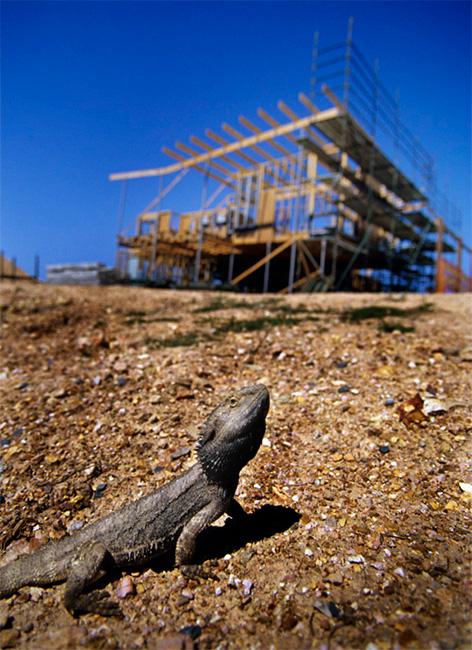
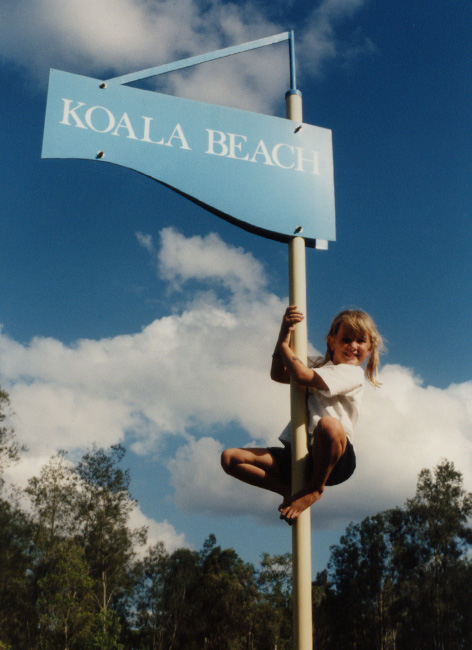
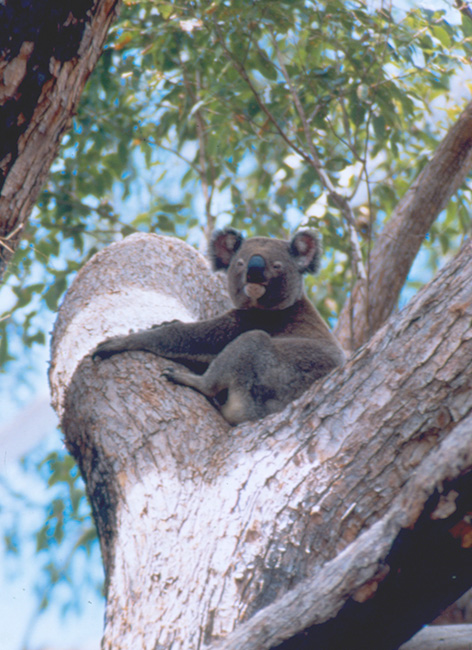
Council and Koala Hospital records have indicated very little evidence that two key Koala threats associated with development—cars and dogs—affected the local population.
The Koala-friendly urban design principles in place at Pottsville’s Koala Beach development have also had a profoundly beneficial impact on the environment as a whole.
During the 2011 Senate Inquiry, Koala Beach was identified as a model for successful restoration of Koala habitat and the ‘coexistence of wildlife and humans by the Property Council of Australia. Why then hasn’t that model been replicated anywhere else in the country?
Not only do local residents perceive their environment as being richer and more diverse in native wildlife, this perception has been confirmed by an assessment of biodiversity at Koala Beach.
This outstanding development proves that The Koala Protection Act could reshape, rather than prevent development.
Support the Koala Protection Act
Out of a total area of 365 hectares owned by the developer, 272.395 hectares have been dedicated intact to conservation. The housing estate has been designed around the remaining 92.605 hectares which had previously been partially cleared for cattle grazing.
Koala Beach Principals:
- No cats and dogs within the estate.
- The inclusion of speed bumps near known Koala home ranges.
- A requirement that all fences within the estate be raised so that Koalas and other wildlife can enjoy free access around the estate.
- The provision that no Koala home range or food tree be removed for development purposes.
- The establishment of a Wildlife and Habitat Management Committee with funding from an environment levy on the rates.
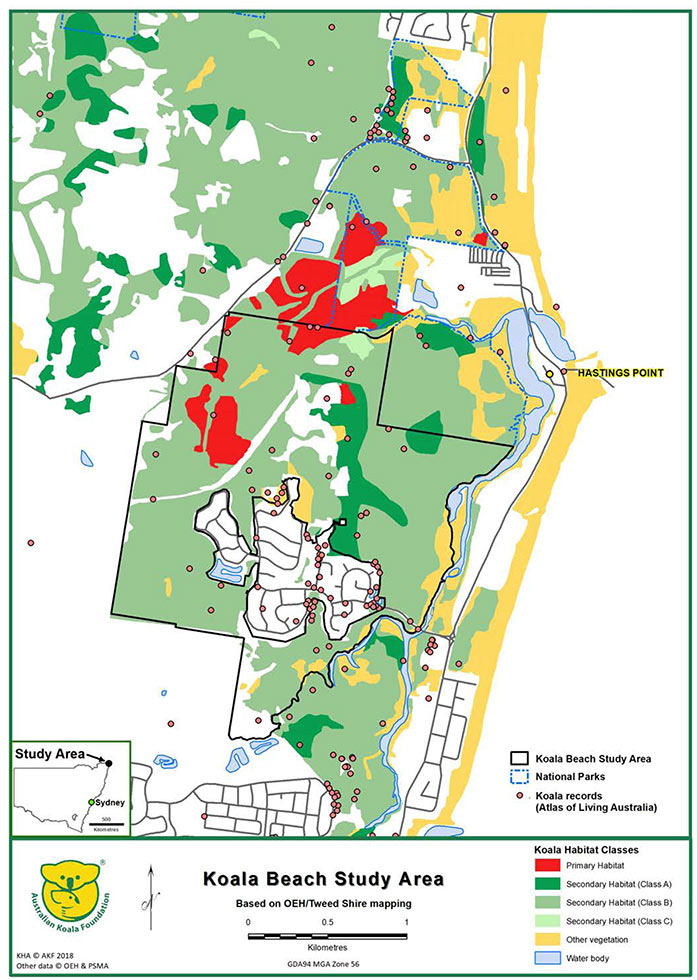
Koala Beach Facts
- In 1993 the Australian Koala Foundation (AKF) and the Ray Group agreed to work together to bridge the gap between conservation and development.
- Koala Beach, home to a small but significant Koala population, was the first property to be master planned and designed with the protection of the environment as its priority.
- The project began with the AKF conducting a two year study of the Koala population that could potentially be affected by the proposed development.
- Each Koala was humanely fitted with radio collars and tracked on a daily basis, (this enabled researchers to determine the colony’s home ranges and food trees).
- Once the Koala Management Plan for Koala Beach was complete, it was submitted to the Ray Group who was then able to design the development around the Koala population living on the site. The AKF has been involved in all stages of development since that time, refining and fine tuning the environmental issues as they change.
- To ensure the protection of the resident Koala colony and other important wildlife a number of initiatives were developed. These included:
- Out of a total area of 365 hectares, 272.395 hectares have been dedicated intact to conservation.
- The developer and the AKF planted additional food and habitat trees for Koalas and other native species living on the site.
- In addition to the Koala population, Koala Beach is home to approximately 25 species of endangered or rare flora and fauna, including planigales (a small marsupial), the Queensland blossom bat and a number of threatened microbats, the wallum froglet, glossy black cockatoos, the bush thick-knee and arthraxon hispidus (a threatened grass).
- Despite its early skeptics, Koala Beach has been hailed a success by developers, residents and biologists. It has provided the perfect model for the coexistence of wildlife and humans, and applauded as a “made for the future development” (The Weekend Australian).
- Koala Beach Estate became part of the curriculum in a North Coast Institute of TAFE diploma of Business and Real Estate.


